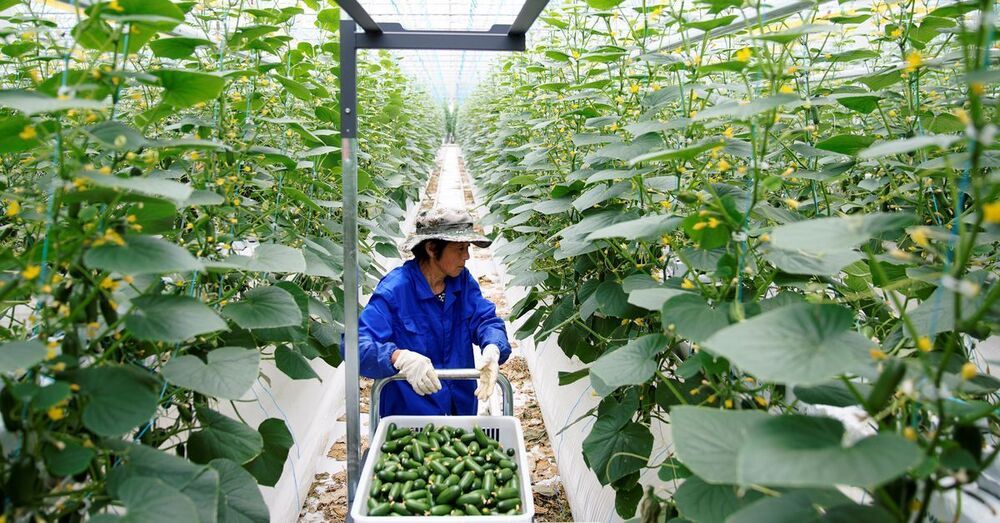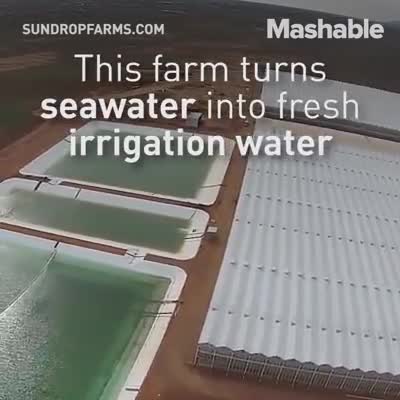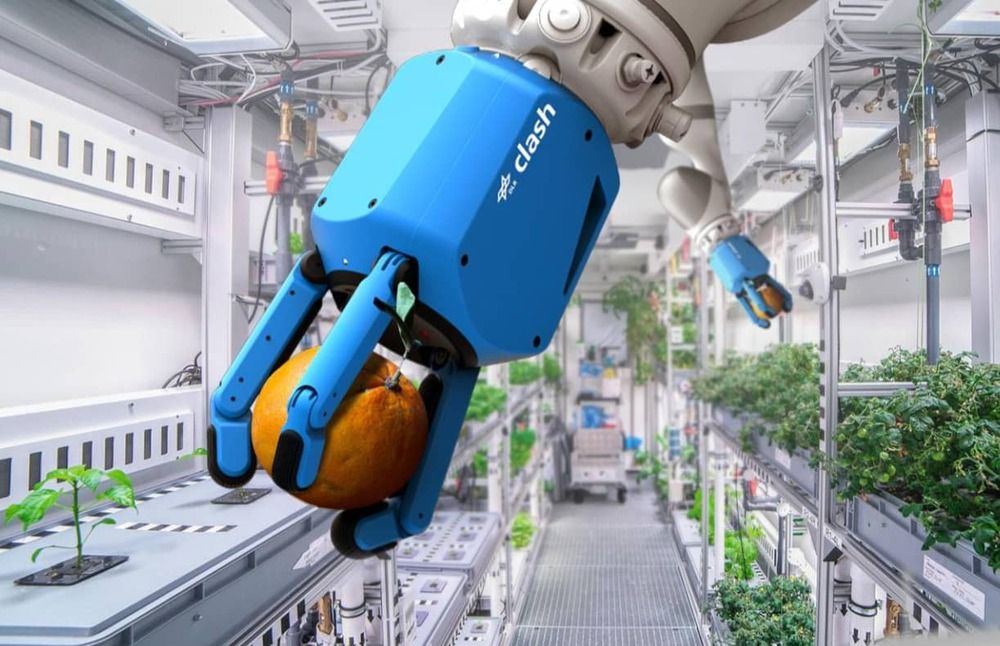Planting 1.2 trillion trees could undo 10 years of climate change damage!
#WorldEnvironmentDay #ClimateChange #Environment #WorldEnvironmentDay2021


China is seeing a high-tech greenhouse boom as food supply disruptions sparked by coronavirus lockdowns accelerated the development of modern farming techniques.
SHANGHAI, June 4 (Reuters) — At Chongming Island just outside Shanghai, China’s most populous city, workers collect and pack tomatoes and cucumbers at a glass greenhouse operated by Dutch company FoodVentures, which harvested their first batch of produce at the site in May.
The facility is one of dozens sprouting up on the outskirts of China’s megacities that utilise high-end technology to manage irrigation, temperature and lighting systems to grow vegetables within easy reach of a large and affluent consumer base.
“There is a trend towards more sustainable and professional supply,” said FoodVentures director Dirk Aleven.


| by KSNV NEWS 3, LAS VEGAS.
RENO (AP) — A battery recycling company founded by a former executive at Tesla Inc. broke ground on 100 acres (40 hectares) of land at an industrial park near Reno as part of its expansion plan.
Redwood Materials, which was founded in Nevada in 2017, is expecting its operations to continue growing with a boost in used battery packs from older electric vehicles, the Reno-Gazette Journal reported.
As a result, the company plans to expand its facilities and increase its workforce from just over 100 employees to more than 600 in the next couple of years. In addition to the acquisition at the Tahoe-Reno Industrial Center, the company is also undertaking a major project in Carson City to expand its 150000-square-foot facility (13935-square-meter) to 550000 square feet (51000 square meters) within the next two years.

With the drought in the west it is time to consider an Apollo Program to produce clean water. Breakthroughs in processing lithium and with graphene-based desalination membranes may point the way. (Meant to say almost 20 Million people — needed some coffee tonight!)
See the Special Deals at My Patriot Supply: www.PrepWithGreg.com.
Green Gregs has teamed up with True Leaf Market to bring you a great selection of seed for your spring planting. Check it out: http://www.pntrac.com/t/TUJGRklGSkJGTU1IS0hCRkpIRk1K
See my sister channel Galactic Gregs: https://www.youtube.com/channel/UCmigPwwtQbetT7aVa9ToRuA
Support freedom: FreedomRestorationFoundation.org.
To join the Freedom Restoration Foundation (FRF) email: info@ FreedomRestorationFoundation.org.


As the number of qubits in early quantum computers increases, their creators are opening up access via the cloud. IBM has its IBM Q network, for instance, while Microsoft has integrated quantum devices into its Azure cloud-computing platform. By combining these platforms with quantum-inspired optimisation algorithms and variable quantum algorithms, researchers could start to see some early benefits of quantum computing in the fields of chemistry and biology within the next few years. In time, Google’s Sergio Boixo hopes that quantum computers will be able to tackle some of the existential crises facing our planet. “Climate change is an energy problem – energy is a physical, chemical process,” he says.
“Maybe if we build the tools that allow the simulations to be done, we can construct a new industrial revolution that will hopefully be a more efficient use of energy.” But eventually, the area where quantum computers might have the biggest impact is in quantum physics itself.
The Large Hadron Collider, the world’s largest particle accelerator, collects about 300 gigabytes of data a second as it smashes protons together to try and unlock the fundamental secrets of the universe. To analyse it requires huge amounts of computing power – right now it’s split across 170 data centres in 42 countries. Some scientists at CERN – the European Organisation for Nuclear Research – hope quantum computers could help speed up the analysis of data by enabling them to run more accurate simulations before conducting real-world tests. They’re starting to develop algorithms and models that will help them harness the power of quantum computers when the devices get good enough to help.
Hemp has been celebrated and vilified in equal measure over the centuries. It has fantastic properties for textiles and ropes, but it comes from the cannabis plant, so it arouses deep suspicion among some policymakers. What is unarguable though, is that it is an extremely fast growing plant that stores a large amount of carbon. So is it really possible to convert it into graphene and diamond in a sustainable, environmentally friendly way?
Video Transcripts available at our website.
http://www.justhaveathink.com.
Help support this channels independence at http://www.patreon.com/justhaveathink.
Or with a donation via Paypal by clicking here.
https://www.paypal.com/cgi-bin/webscr?cmd=_s-xclick&hosted_b…source=url.
You can also help keep my brain ticking over during the long hours of research and editing via the nice folks at BuyMeACoffee.com.
https://www.buymeacoffee.com/justhaveathink.
Download the Just Have a Think App from the AppStore or Google Play.